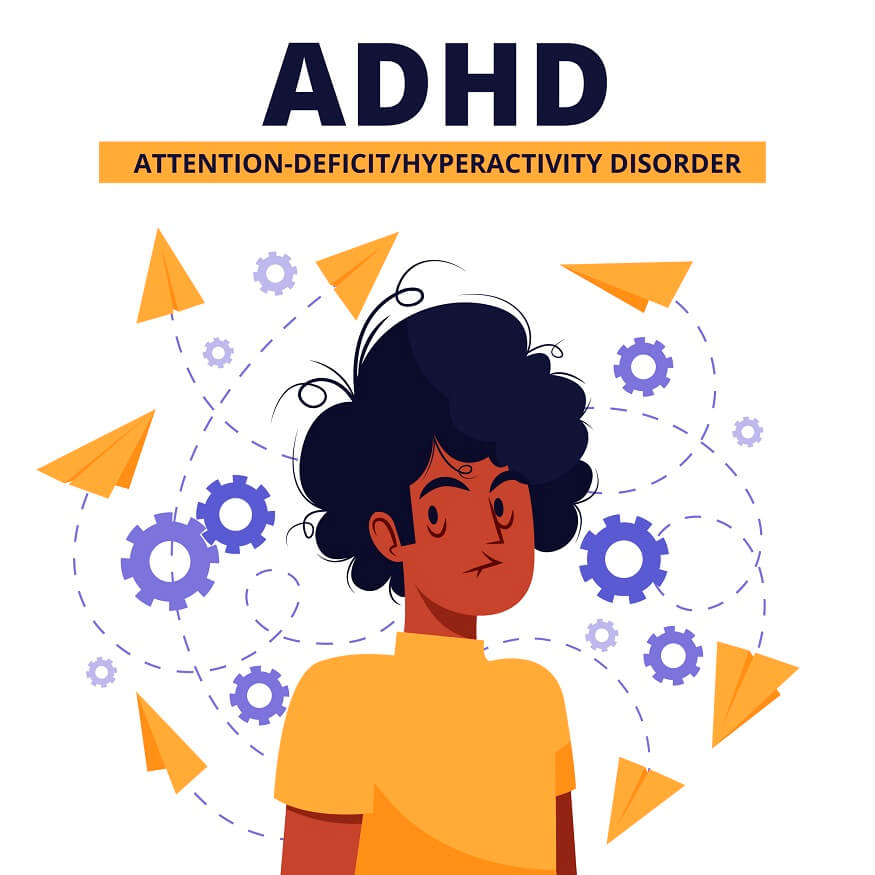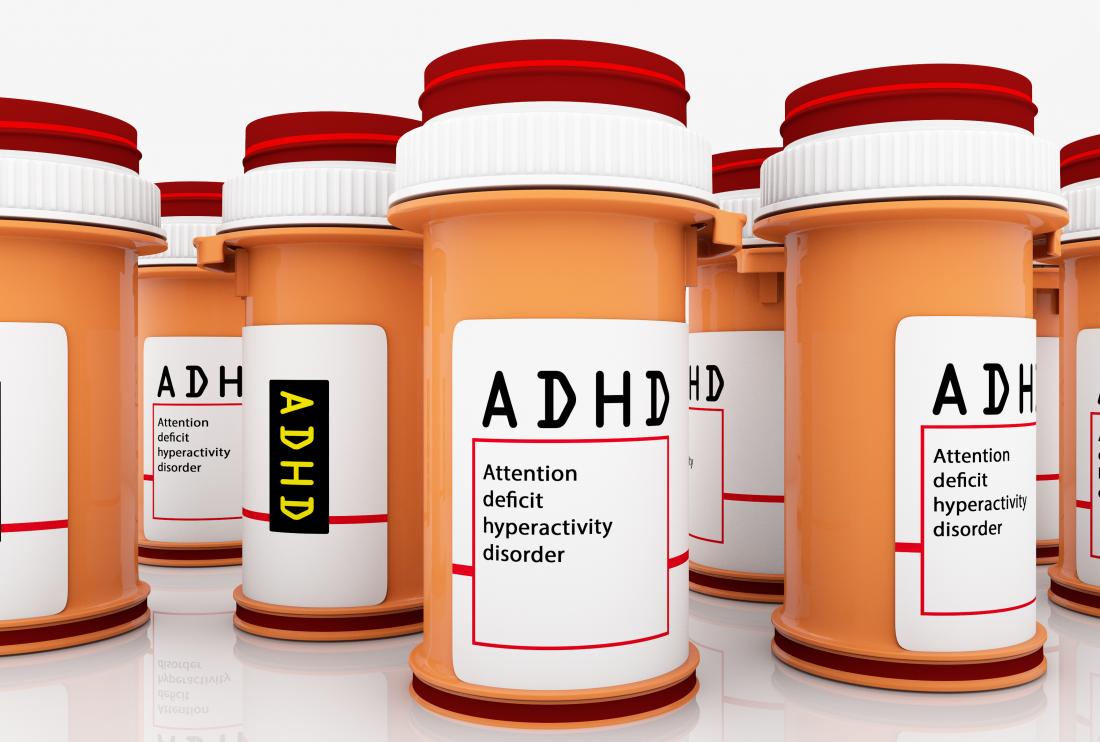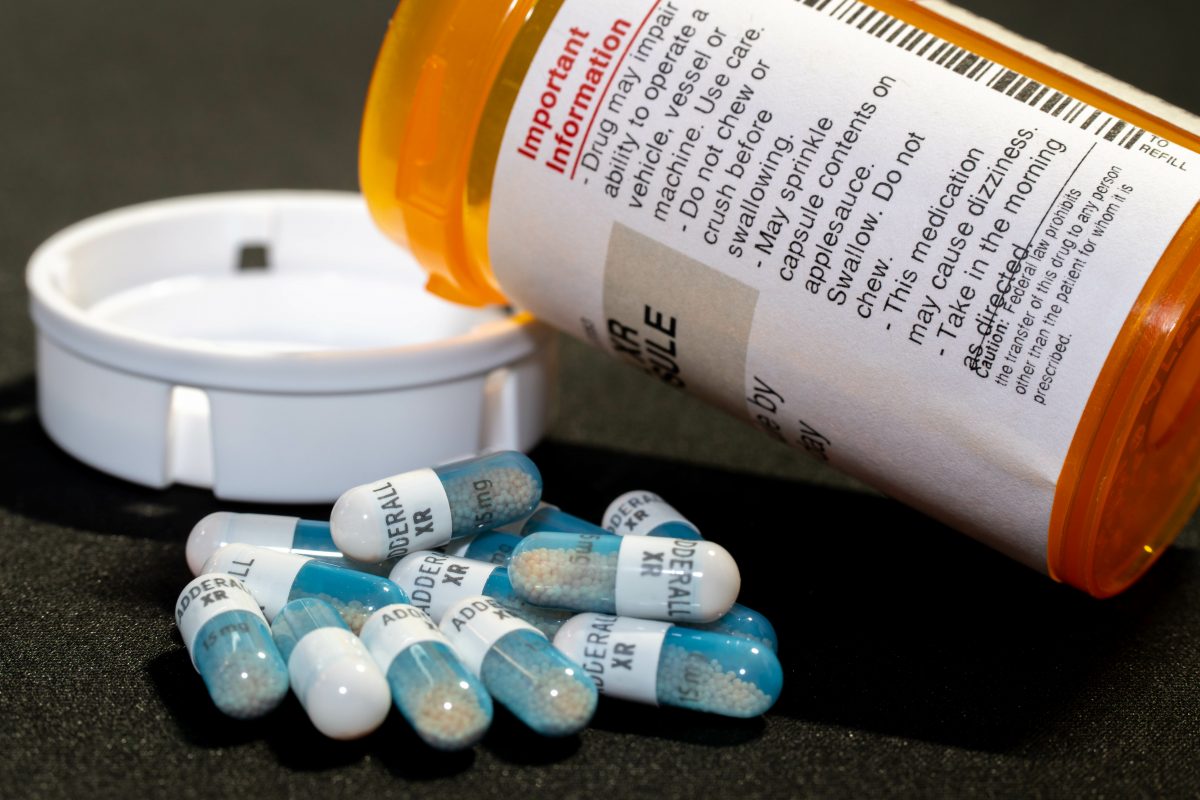The use of medications to address attention-deficit/hyperactivity disorder (ADHD), including stimulants, witnessed a notable rise during the COVID-19 pandemic, particularly among young adults and women, as indicated by a recent study.
What is ADHD?

ADHD stands out as one of the most prevalent neurodevelopmental disorders experienced during childhood. Typically identified in early childhood, its impact often extends into adulthood. Individuals with ADHD may encounter difficulties in maintaining focus and managing impulsive behaviours—sometimes acting without consideration of consequences—and may exhibit heightened levels of activity.
What are the types of ADHD?
ADHD presents in three primary ways, each categorised by the dominant symptoms exhibited by the individual.
Predominantly Inattentive Presentation
Individuals with this presentation find organising tasks challenging, paying attention to details, and following instructions or conversations. They are easily distracted and often forget daily routine information, reflecting a struggle with sustained focus and attention.
Predominantly Hyperactive-Impulsive Presentation

This presentation is characterised by excessive fidgeting, constant talking, and an inability to sit still for prolonged periods, such as during meals or homework. Restlessness is coupled with impulsive behaviours, including interruptions, grabbing items, speaking at inappropriate times, and difficulty waiting for turns or following directions.
Combined Presentation
As the term suggests, this presentation encompasses a balanced presence of predominantly inattentive and hyperactive-impulsive symptoms. Individuals with this presentation experience challenges across a spectrum of attention and hyperactivity-impulsivity symptoms.
It’s essential to recognise that ADHD symptoms can evolve, leading to changes in the presentation type.
What is the study regarding?
In this cross-sectional study examining 105,500,490 prescriptions dispensed between April 2018 and March 2022, sourced from a comprehensive US prescription database, notable trends emerged regarding incident prescriptions for Schedule II (C-II) stimulant and non-stimulant medications used in attention-deficit/hyperactivity disorder (ADHD).

The findings revealed a significant increase in incident prescriptions nationally during the COVID-19 pandemic, surpassing the rates observed in the pre-pandemic period. This surge was particularly prominent among young adults and women.
In contrast, incident prescription trends for other behavioural health medications, including antidepressants, benzodiazepines, and buprenorphine for opioid use disorder, did not exhibit significant changes during the same timeframe.
ADHD Medications on Rise
During the initial two years of the COVID-19 pandemic, approximately 5.9 million new prescriptions for stimulants were issued, marking a significant increase of about 700,000 compared to the two years preceding the pandemic—an uptick of 14%, as revealed in a study published on Wednesday in the journal JAMA Psychiatry.
Additionally, new prescriptions for alternative ADHD medications surged by 32%, reaching nearly 1.4 million prescriptions between April 2020 and March 2022.

This represents a substantial rise compared to the just over 1 million prescriptions recorded between April 2018 and March 2020.
During the same period, prescriptions for other behavioural health requirements, such as antidepressants, benzodiazepines, and buprenorphine for opioid use disorder, did not display substantial changes.
A previous examination by the US Centers for Disease Control and Prevention revealed a surge in stimulant prescription fills in 2021, following relative stability from 2016 to 2020. According to the CDC’s analysis of private insurance records, over 4% of individuals aged 5 to 64 filled a prescription for a stimulant in 2021, up from 3.8% in 2020. Notably, the most significant annual increases in 2021 were observed among women in their 20s and 30s.
Adding to the complexity, the FDA reported a shortage of Adderall, a commonly used stimulant for ADHD, in October 2022. A spokesperson for the agency mentioned in February that following the resolution of a manufacturing delay, the shortage had transitioned to “demand-driven.”
What causes ADHD?
The causes of Attention-Deficit/Hyperactivity Disorder (ADHD) remain an area of active scientific exploration as researchers seek to enhance our understanding and develop more effective management strategies.
While the exact causes and risk factors for ADHD are not fully elucidated, current research underscores the significant role played by genetics. Recent studies have established a strong link between genetic factors and ADHD.











